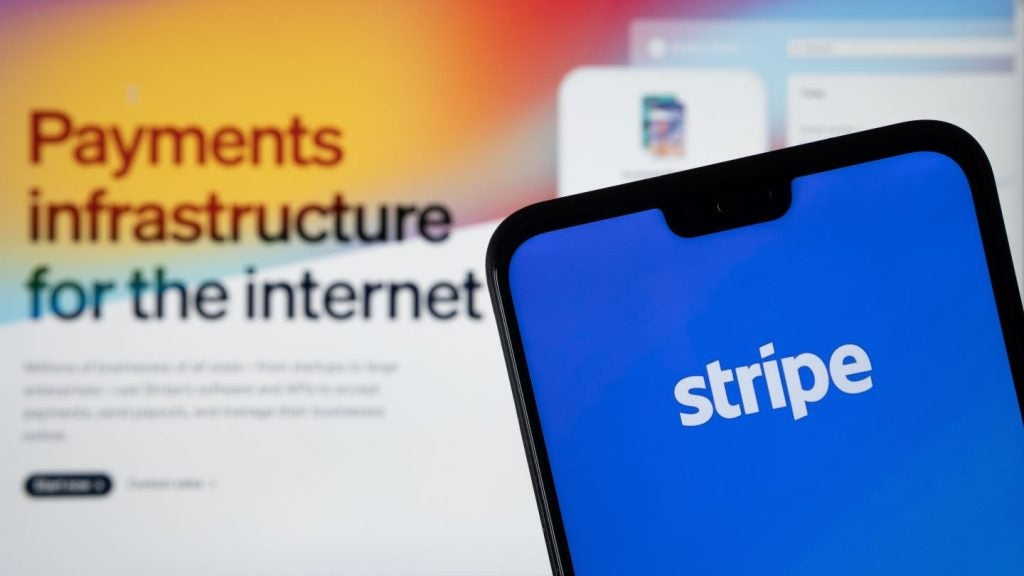Backed by increased sophistication
and spurred on by the weak economy, criminals once again took
payments fraud to new highs in the US in 2009, reports Charles
Davis. However, providing some hope were bank successes in
detecting fraud and a significant increase in prosecutions and
convictions.
Already a scourge on the minds of
payments executives, identity fraud shows no signs of slowing
despite industry-wide fixation on stopping data crimes. This is
highlighted by consultancy Javelin Strategy & Research’s 2010
Identity Fraud Survey Report which contains plenty of evidence that
for all its efforts, the payments industry remains in a defensive
mode as the sophistication and intensity of data fraud continue to
grow.
Specifically, Javelin found that the number of
identity fraud victims in the US in 2009 increased 12 percent
compared with 2008 to 11.1 million adults. In 2009, 11.1 million
American adults became victims of identity fraud, a 37 percent rise
since 2007. The increased incidence rate of 4.8 percent has
resulted in one-year fraud amounts totalling $54 billion, a rise of
12.5 percent ($6 billion) over 2008. Mean fraud amounts remained
level at $4,841.
Javelin noted that the increased fraud
incidence is being driven by the poor economy coupled with an
increasingly global, hierarchal and sophisticated criminal
enterprise that specialises in developing new weapons of
attack.
The increase in the total fraud amount in 2009
was driven by the growth in the total annual fraud amount for new
accounts fraud, which rose 17 percent from $18 billion to $21
billion. The total fraud increase was also aided by the total
annual fraud amount for existing non-card fraud, which rose 22
percent from $9 billion to $11 billion. There were also increases
in the fraud incidence rate, due primarily to increases in the
incidence of existing card fraud, which climbed from 2.5 percent in
2008 to 2.8 percent in 2009.

US Tariffs are shifting - will you react or anticipate?
Don’t let policy changes catch you off guard. Stay proactive with real-time data and expert analysis.
By GlobalDataTo a lesser extent, the rise in the incidence
rate was also driven by increases in the new accounts fraud rate,
which grew from 1.2 percent to 1.3 percent, and from the existing
non-card fraud rate, which grew from 0.6 percent to 0.7
percent.
Some progress
In its report, Javelin noted that it had found
that protection of data by consumers and businesses and enlisting
assistance in resolution are helping consumers and businesses
resolve fraud more quickly, and are also reducing or eliminating
costs for the consumer. Average fraud resolution time dropped 30
percent compared with 2008 to 21 hours, and nearly half of victims
now file police reports, resulting in double the reported arrests,
triple the prosecutions, and double the percentage of convictions
in 2009.
In November 2009, Javelin conducted telephone
interviews with more than 5,000 American consumers to identify and
track the methods fraudsters used, the impact of fraud on Americans
and how these findings can help consumers most effectively avoid
becoming victims of fraud.
“The 2010 Identity Fraud Survey Report shows
that fraud increased for the second straight year and is at the
highest rate since Javelin began producing the report in 2003,”
said James Van Dyke, president and founder of Javelin Strategy
& Research. “The good news is consumers are getting more
aggressive in monitoring, detecting and preventing fraud with the
help of technology and partnerships with financial institutions,
government agencies and resolution services.”
Other findings in the report reinforce the
trend that fraudsters are becoming increasingly savvy with
technology and are using personal information stolen in data
breaches to open new accounts or to make changes to existing
non-card accounts.
Financial institutions and businesses are
countering this by minimising the use of social security numbers in
account information and more proactively monitoring and notifying
customers of possible fraudulent activity. While consumers are
monitoring their accounts more frequently using technologies such
as online banking and mobile alerts, consumer education on
protection and prevention measures such as keeping anti-virus
software up to date will continue to be important.
The number of fraudulent new credit card
accounts increased to 39 percent of all identity fraud victims, up
from 33 percent in 2008. New online accounts opened fraudulently
more than doubled over the previous year, and the number of new
email payment accounts increased 12 percent. This year, for the
first time, the survey asked about new mobile phone account fraud
and found that 29 percent of victims reported mobile phone accounts
were fraudulently opened.
Despite increased numbers of attacks, the
total dollar losses for existing credit card frauds remained steady
at $15 billion between 2008 and 2009. The incidence rate for all
existing credit card fraud rose in 2009 from 2.1 percent to 2.8
percent, but mean frauds declined 20 percent to $4,290.
A major reason for the drop in mean fraud
amounts is the back-end fraud monitoring done by card issuers –
credit card victims had a greater likelihood of receiving
notification from their financial institution that some kind of
fraud was evident on their account (42 percent versus 36 percent
among all consumers).
Consumer education vital
The key to combating fraud is
education, Javelin stressed, concluding that financial institutions
must enlist the consumer by educating them about identity fraud,
its modes and methods, and safe practices for consumers.
As a starting point, institutions must
encourage customers to go paperless and to review statements often.
Banks could create easier-to-read online statements by “flagging”
or highlighting transactions that might seem suspicious, and alert
customers and merchants to the latest information on criminal fraud
schemes, and identify the newest data breach methods such as
drive-by downloads and smishing.
In essence, drive-by downloads involve
criminals exploiting weaknesses in commercially available
anti-virus and firewall software. Smishing is the mobile phone
short message service (SMS)-based version of online phishing and is
derived from a combination of SMS and phishing.
Financial institutions are continuing to excel
in fraud detection, which is further reflected by the sustained
drop in average out-of-pocket costs for victims. Even more victims
were notified of fraud through their bank or issuer in 2009, with
more than one-third of victims discovering fraud this way, up from
29 percent in 2008.







